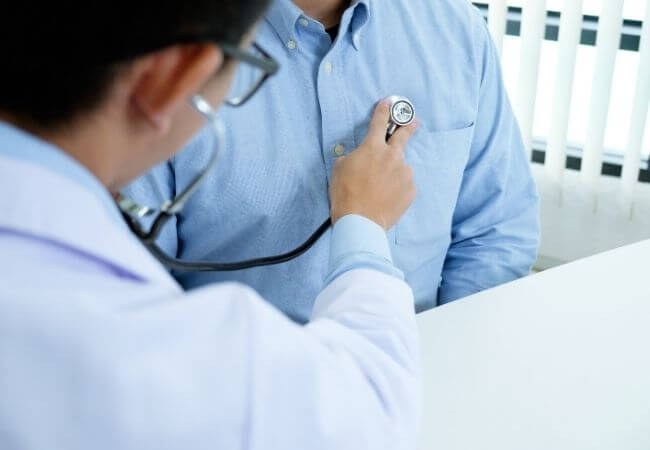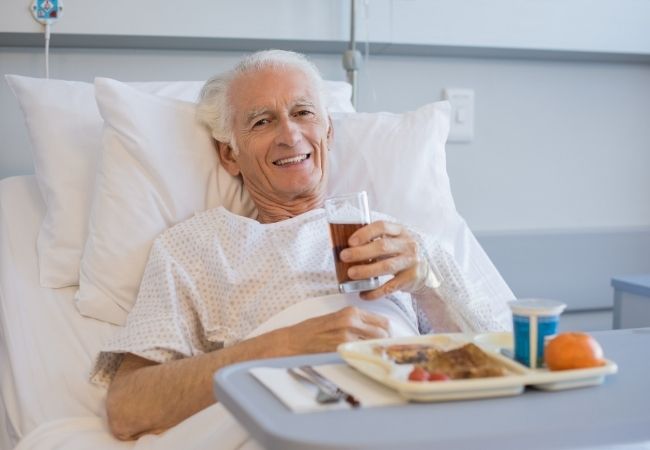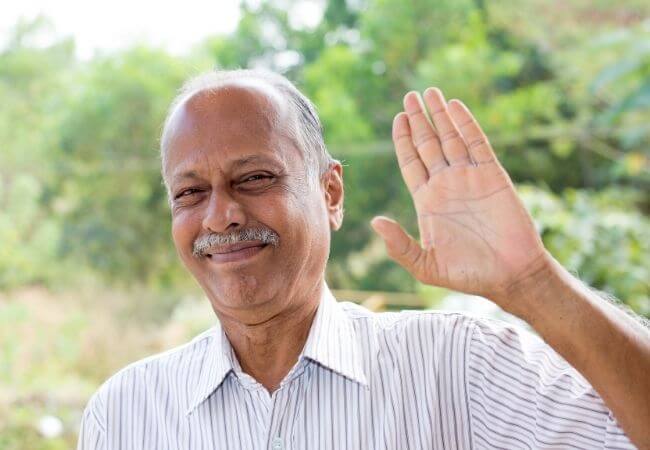Side effects associated with retroperitoneal lymph node dissection are:
• Pain, discomfort or tenderness in the lower abdomen
• Inability to pass gas or have a bowel movement or both
• Pus coming from the incision
• Semen goes inside the body instead of coming out (retrograde ejaculation)
• Fertility problems in men, which may be related to retrograde ejaculation
• A bulge at or near the incision (incisional hernia)



